Kakadoodle-Du
(karen)
We're soaking up the sweet sunshine at last now that we've arrive at Australia's Top End in the Northern Territory. We flew from chilly Melbourne to sweltering Darwin, swapping long underwear and jackets for shorts and tank tops. Ah, this is my kind of winter! This is the Australian version of New Yorkers riding out the cold weather on a beach in Florida, crocs, snakes and all.
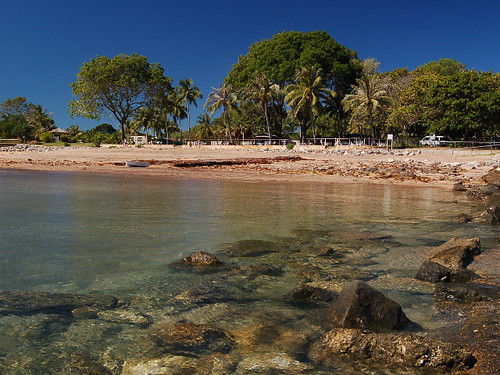
Darwin is not a huge city despite being the capitol of the Northern Territory. We found little to do in the way of tourist diversions but did enjoy an hour feeding fish at a protected cove. For only $8 (ouch) you can toss slices of white bread into the water and watch the ensuing feeding frenzy. We actually did have a fun time, but not as much fun as the kids on field trip who were beside themselves with glee.
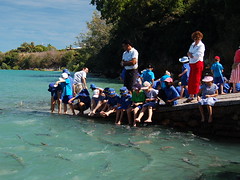
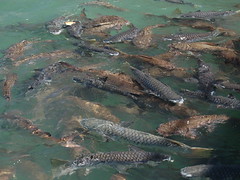
The real allure of the Top End is the magnificent national parks that showcase the unique ecology of this region. The highlight was Kakadu, the first stop on our itinerary. Aboriginal people have inhabited this area for over 40,000 years. That is a length of time that I can't even begin to grasp. Both man and environment have grown and evolved together through many of mother Earth's changes, from the time of mega-fauna marsupials, to ice ages when the ocean levels were much lower, and at last to modern day Australia. In recent times a complex floodplain ecosystem has developed based on the monsoon wet and dry seasons. The Aboriginal people live in balance with their homeland, knowing when are the proper times to hunt certain animals, as well as lighting fires in the early dry season to "clean up" the floodplains. The plants here have come to depend on the seasonal fires; each year over 50% of the land is burned. This encourages new growth, makes hunting easier, and prevents large scale bush fires in the late dry season when the grasses are over dry and lightning storms take over.
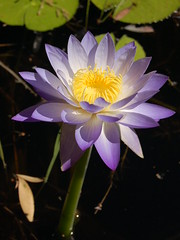
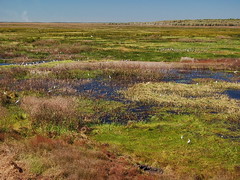
We are visiting the area in the early dry season, the season of bush fires, when the humidity is lower and the temperatures are more comfortable. The dry season is a very popular time to visit because not only has the massive flooding abated but this is when migratory birds flock to the billabongs to get fat on grasses and fish. If you remember the news from a few months ago, there was a late season cyclone (hurricane) that caused massive flooding in the region. When I say massive I mean the water depth on the floodplain was about 9 meters (~27 feet)! While that is normal for the Top End, it meant that many of the billabong trails that are usually open by now were still closed. It was a little frustrating to not explore as much as we would have liked, but still we found plenty to see.
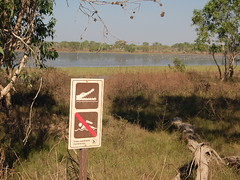
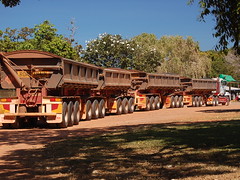
Kakadu is a World Heritage Site both for both ecological and cultural factors, a very rare distinction. There are over 5,000 rock art sites but only three are available for tourists to view. Most of the sites are within the Aboriginal owned territory called Arnhem. The paintings we are allowed to see are considered children's stories, ones that people ignorant of the culture are unlikley to misinterpret. I was blown away by the beauty of these paintings compared to the ones we saw down south at the Grampions. There are paintings on top of paintings that for thousands of years have recorded significant events and the fruits of hunting efforts, ensuring that the land will be prosperous for years to come.
We had a fantastic ranger guide us through some of the Aboriginal legends about such things as Lightning Man and the origin of Ginga, the saltwater crocodile. He also explained about the complexities of the societies like skin-names, and the laws that govern the roles within the clan.
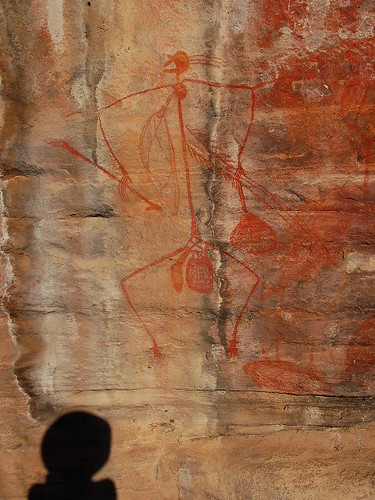
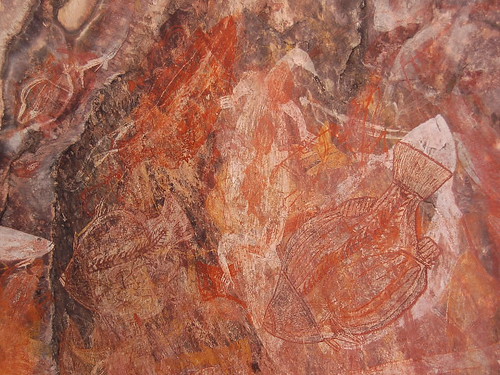
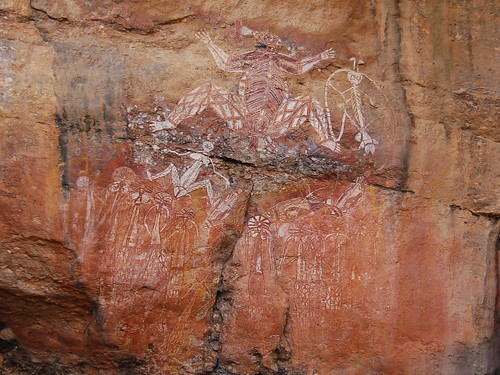
We stayed at the rock art site of Ubirr to watch the sunset over the floodplain from a lookout on top of the sandstone escarpment. From up high we had breathtaking views of the vast floodplain surrounded by savannah and patches of monsoon rainforest. Small termite mounds dotted the landscape and wallabies darted around in the cool air of the evening. The thick smoke of the bush fires caused the sun to glow a brilliant magenta as it sank to the horizon.
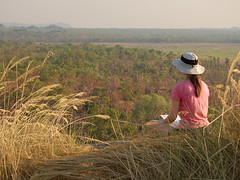
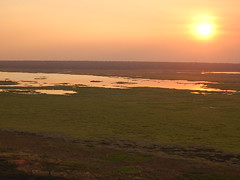
One of the highlights of our trip was taking a guided dawn cruise down the Yellow Water River. As the sun rose the wetland animals came to life. Wading birds walked through the shallow waters looking for small fish, like the magnificent jabiru stork. We saw all kinds of other birds including whistling ducks, ibis, night herons, and the magestic white breasted sea eagle. Not to be outdone by the birds we also saw plenty of saltwater crocs casually resting at the surface like bumpy logs. At the end of our cruise we even spotted a large croc sunning himself on the bank, eyes closed and mouth open to regulate his temperature.
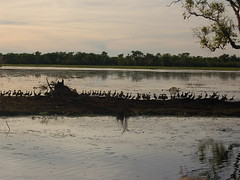
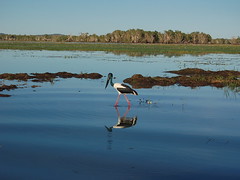
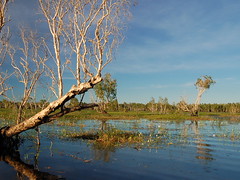
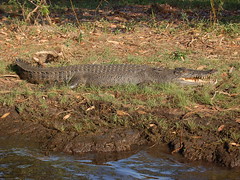
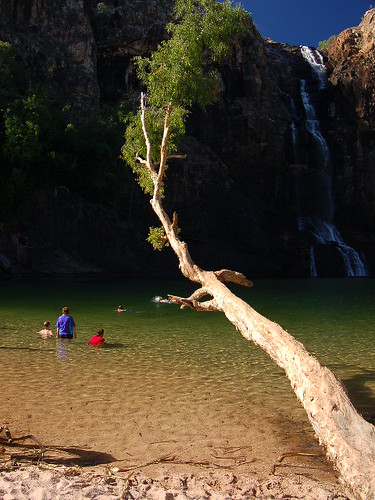
For our final evening in the park we decided to camp at the stunning Gunlom Falls. It was a bumpy 37km dirt road in to the falls that left everything in our car covered in a fine layer of red powder, but it was worth it once we got to take a dip in the refreshing plunge pool.
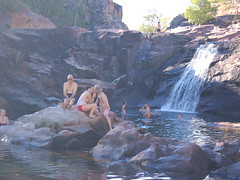
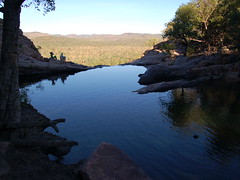
We took a small hike to the top of the falls where there were more rock pool to swim in. The water was clear and warm and it felt like a little slice of outback heaven. I guess when the oceans and billabongs are crawling with crocs, these plunge pools are the best safe swimming around! I'd highly recommend a trip to Kakadu if you find yourself in Australia some day.


2 Comments:
I'm still enthralled by your pictures! The picture of the snake is as close as I care to get. Art work, ponds, waterfalls, wildlife - you had it all. What a difference from the Aussie land I had always thought it would look like. I'm looking forward to a published booklet after you get back home!
8:28 AM
Kakadu looks awesome!
2:44 AM
Post a Comment
<< Home